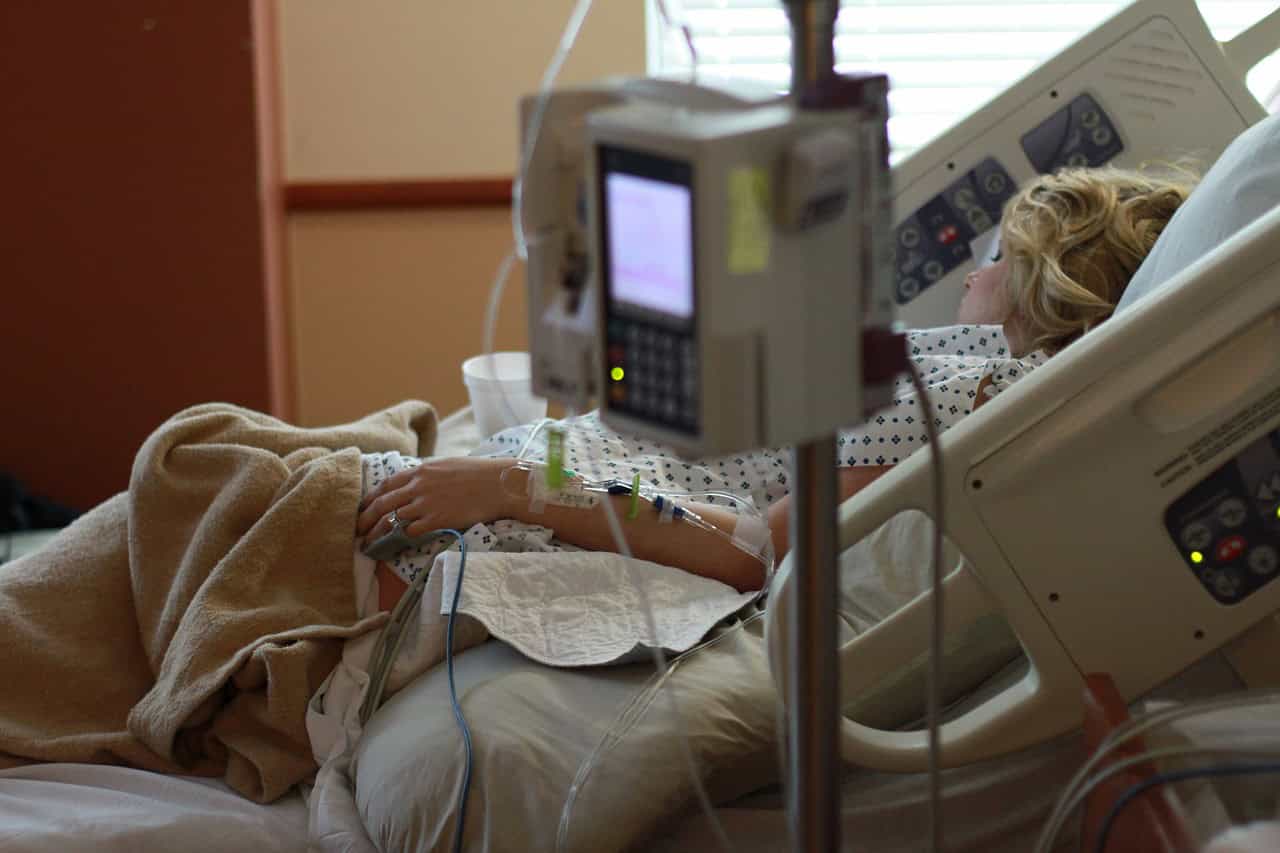
We read one news story after another about how scientists are increasingly using data to predict the course of various diseases. How exactly does that work? And in the course of which diseases have we now gained more insight thanks to extensive analysis of data sets?
Why this is important:
The use of big data has become the norm in health care. We are increasingly able to predict the course of certain diseases.
Healthcare providers are recording more and more data electronically, such as care and claims data in electronic health records. Citizens are also increasingly using apps to better understand their health and monitor their health behaviors, which also generates data. This data is increasingly shared between citizens and with healthcare professionals.
Extensive data and advanced algorithms provide perspective on what was previously considered unpredictable. By entering characteristics such as age, gender, cognitive abilities for diagnosis, brain scans and biomarkers, healthcare professionals can predict what will happen in the future, and estimate the degree of deterioration with greater precision.
Alzheimer’s
About 300,000 people in the Netherlands suffer from Alzheimer’s: the most common form of dementia. It is a progressive and incurable disease that severely affects the ability to think. The need for clarity about the course of the disease is great.
Thanks to a new computational model developed by the Alzheimer Center Amsterdam, doctors can predict how Alzheimer’s develops in patients. The model uses data from a thousand patients and provides insight into the rate of cognitive decline. This gives patients a better idea of their future, despite the natural uncertainty associated with such predictions. It is a tool for health care providers to improve communication about disease progression expectations.
Multiple sclerosis
Then: predicting multiple sclerosis (MS). Symptoms of the brain disease are very varied and can include reduced visual acuity, decreased manual dexterity, paralysis of the legs and problems with cognitive functioning. Research in Amsterdam on how specific patterns of damage in the central nervous system lead to these symptoms. Neuroscientist Menno Schoonheim, working in the department of anatomy and neuroscience, aims to be able to predict which symptoms an individual will develop. To do this, he uses data obtained from MRI scans.
Data to date show that brain atrophy and rapid physical deterioration early in the disease are predictors of physical impairment and impaired cognitive functioning 6 to 11 years later. In addition, recent international studies show that early and severe damage to the cerebral cortex and thalamus is predictive of more rapid decline. These new insights now allow us to build on existing research and delve deeper into these findings.
Different types of cancer
Finally, data is increasingly helping in predicting the development of certain cancers. Datasets help discover new biomarkers, for example.
Also, in addition to the course of certain diseases, we are gaining more and more insight into the long-term consequences of treatments, for example of breast cancer. IKNL and Nivel, for example, have developed an online nomogram. By entering data such as age, stage of cancer and treatment received, a woman receives a personalized risk profile. For example, it specifically calculates, for a 52-year-old woman with breast cancer who has been treated with radiotherapy and chemotherapy, the likelihood of certain health problems.
Thus, health care is increasingly focusing on using evidence in the form of data to make clinical and operational decisions. This applies not only to decisions in the above cases, but also, for example, to knee surgery and in transplants. Its use is expected to continue to increase.

